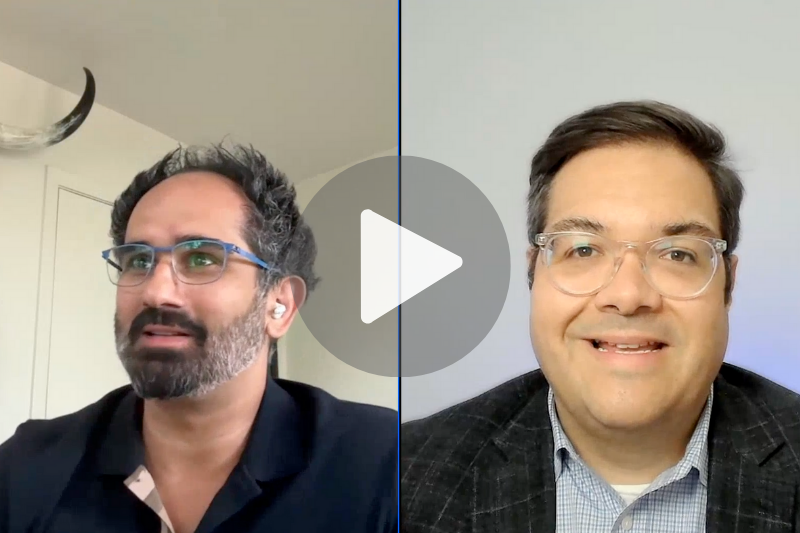
From Mass Texting to Targeted Impact: 4 Segmentation Strategies for Political and Advocacy Campaigns
May 23, 2023
From Mass Texting to Targeted Impact: 4 Segmentation Strategies for Political and Advocacy Campaigns
Segmenting a list is often an afterthought, but it can be one of the most important things you can do to improve text messaging for political and advocacy campaigns. By segmenting your list, you can send more relevant and targeted messages to your subscribers, which will lead to higher open rates, click-through rates, and conversions.
Benefits of Segmenting Your List for More Personalization:
Personalizing your text messages is a great way to increase engagement and boost your results. A more targeted approach helps to mobilize supporters and increase participation in rallies, events, and grassroots activities.
- Engage and mobilize supporters: Personalized messages tailored to the specific interests and concerns of your audience are more likely to capture their attention and inspire them to take action.
- Drive higher participation: By segmenting your list based on demographics, such as age, location, or political affiliation, you can deliver messages that directly address the issues that matter most to each group.
- Amplify your message: When you segment your list by engagement level, you can tailor your messages to constituents with a higher level of interest and involvement. These individuals are more likely to share your message with others, extending the reach and impact of your campaign. By also taking a different approach for less engaged individuals, you increase your chances of re-engaging them.
Effective Segmentation Strategies for Political and Advocacy Campaigns:
There are a few different ways to segment your list. One way is to segment by demographics, such as age or location. Another way to segment your list is by behavior, such as donation history. Here are some strategies that will help political and advocacy campaigns with their efforts:
Strategy 1: Demographic Segmentation
Segment your list based on key demographic factors such as age, gender, location, and political affiliation. This allows you to deliver messages that resonate with specific groups and address their unique concerns.
Strategy 2: Issue-Based Segmentation
Identify the key issues or causes that your campaign focuses on and segment your list accordingly. This enables you to deliver targeted messages that highlight the relevance and importance of each issue to the recipients.
Strategy 3: Engagement Level Segmentation
Segment your list based on the level of engagement and involvement of your supporters. This can include metrics such as donation history, volunteer activities, or past event attendance. Ideally, your list should also be updated often with website and social media activity. By tailoring messages to these segments, you can nurture individuals who have already shown a higher level of commitment.
Strategy 4: Geographic Targeting
If your campaign is focused on specific regions or districts, segment your list based on location. This allows you to deliver messages that address local concerns and mobilize supporters in those areas more effectively.
Your Messaging Platform Matters
Not all platforms are built the same, so be sure to choose the platform with the features that will serve your campaigns the most.
Contact and list management are crucial to proper list segmentation. Prompt.io’s dashboard allows you to easily create separate lists, custom tags, and new fields as you find ways to organize your data for personalized campaigns.
Many platforms have trackable links, but not field merged link redirection. Prompt.io’s Smart Links can pass data parameters. This is essential for making sure your campaigns and other channels are talking to each other, showing you the whole picture and tracking contact engagement in more detail.
Speak with an expert at Prompt.io for more information about messaging options for your political and advocacy campaigns.
Additional Tips For Segmenting Your Lists:
- Use multiple criteria: Don't just segment your list by one criteria. Use multiple criteria to create more granular segments. For example, you could segment your list by age, gender, and location instead of just location.
- Update your segments regularly: Your list is constantly changing, so it's important to update your segments on a regular basis that makes sense to your organization (daily, weekly, monthly, etc.). This will ensure that your messages are always relevant to your subscribers.
- Test different messages: Once you have segmented your list, A/B test different messages. That way, you can get an idea of what messages work best with specific groups of your list. This can include testing out different media, wording, or timing.
- Track your results: It's important to track the results of your text messaging campaigns so that you can see what's working and what's not. This will help you to improve your campaigns over time.
By segmenting your list, you can send more relevant and targeted messages to your subscribers. This will lead to higher open rates, click-through rates, and conversions.
Looking to learn more about effective campaign strategies? Connect with Prompt.io's experts for invaluable insights on winning and influencing with your political and advocacy campaigns.

.png)
.png)